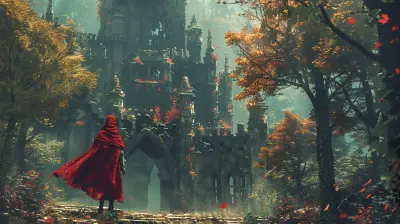The Importance of Replayability in Modern Tabletop Games
20 October 2025
Ever dropped $60 on a tabletop game only to shelve it after one playthrough? It's a bit like buying a beautiful book with only one chapter—disappointing, right? That’s where replayability steps in. In the vibrant and ever-evolving world of board games, replayability isn't just a nice-to-have—it's everything.
Today, let’s dive into why replayability matters so much in modern tabletop games, what makes a game replayable, and how developers and players alike are embracing it.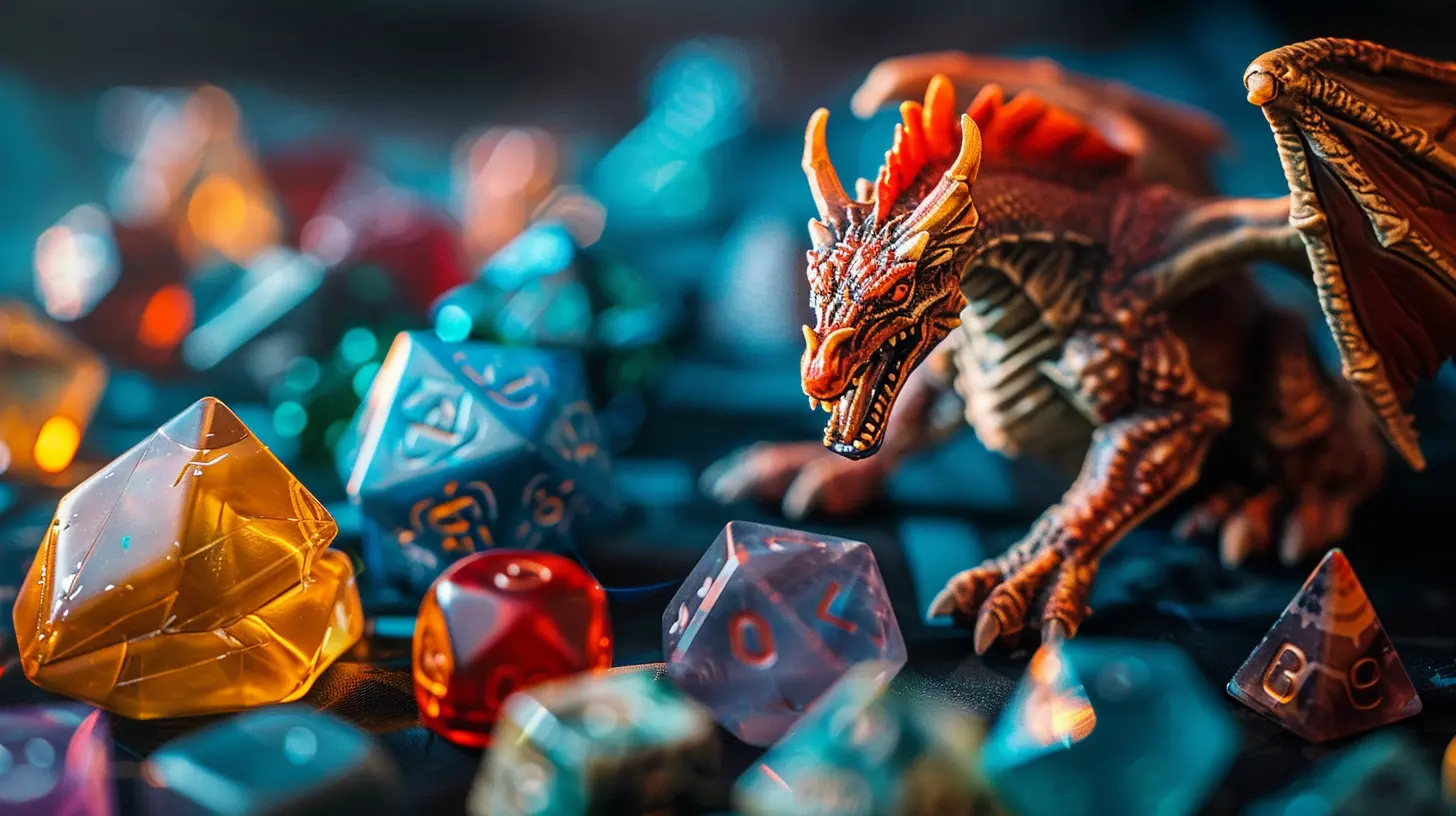
What Is Replayability, Really?
Let’s break it down. Replayability is the ability of a game to keep you coming back for more. Whether it’s the thrill of discovering new strategies, experiencing different story outcomes, or just having a blast every single time—it’s what separates dust-collecting games from go-to game-night favorites.But replayability isn't just about variety. It's also about depth, surprise, and satisfaction. It's the whisper in your ear after a game ends, saying, “Wanna go again?”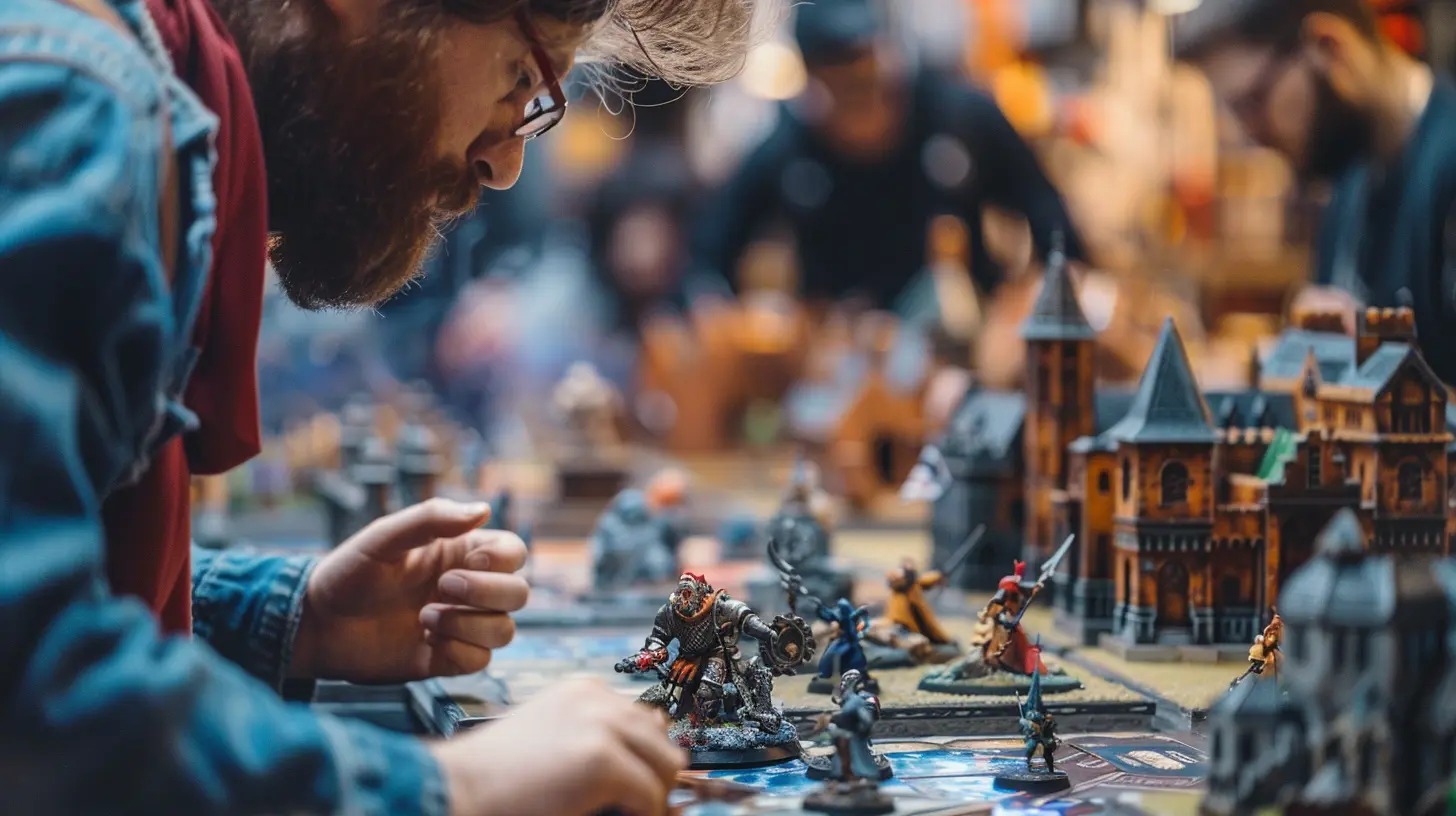
Why Is Replayability So Valuable?
1. Bang for Your Buck
Let’s face the wallet here: modern board games aren’t cheap. Between Kickstarter editions, deluxe miniatures, and shiny expansions, your investment in cardboard and dice adds up quick. Replayability stretches every dollar by making sure you get more value out of your purchase.It’s like buying a movie versus buying Netflix. One is great one time. The other keeps giving.
2. Deeper Strategies, Stronger Skills
Great replayable games grow with you. The first few plays might be all about learning the rules, but the more you play, the deeper the strategies become.Ever played a game like Scythe or Terraforming Mars and thought, "How did I not see that move last time?" That’s replayability at work—each game is a lesson, a puzzle, a challenge. And every play reveals a new layer.
3. More Fun with Different Groups
A highly replayable game adapts to its players, not the other way around. Whether you’re playing with your competitive friends, your laid-back family, or your gaming group who loves to break the meta, the game still works—and still shines.It's like a party guest that gets along with everyone at the table.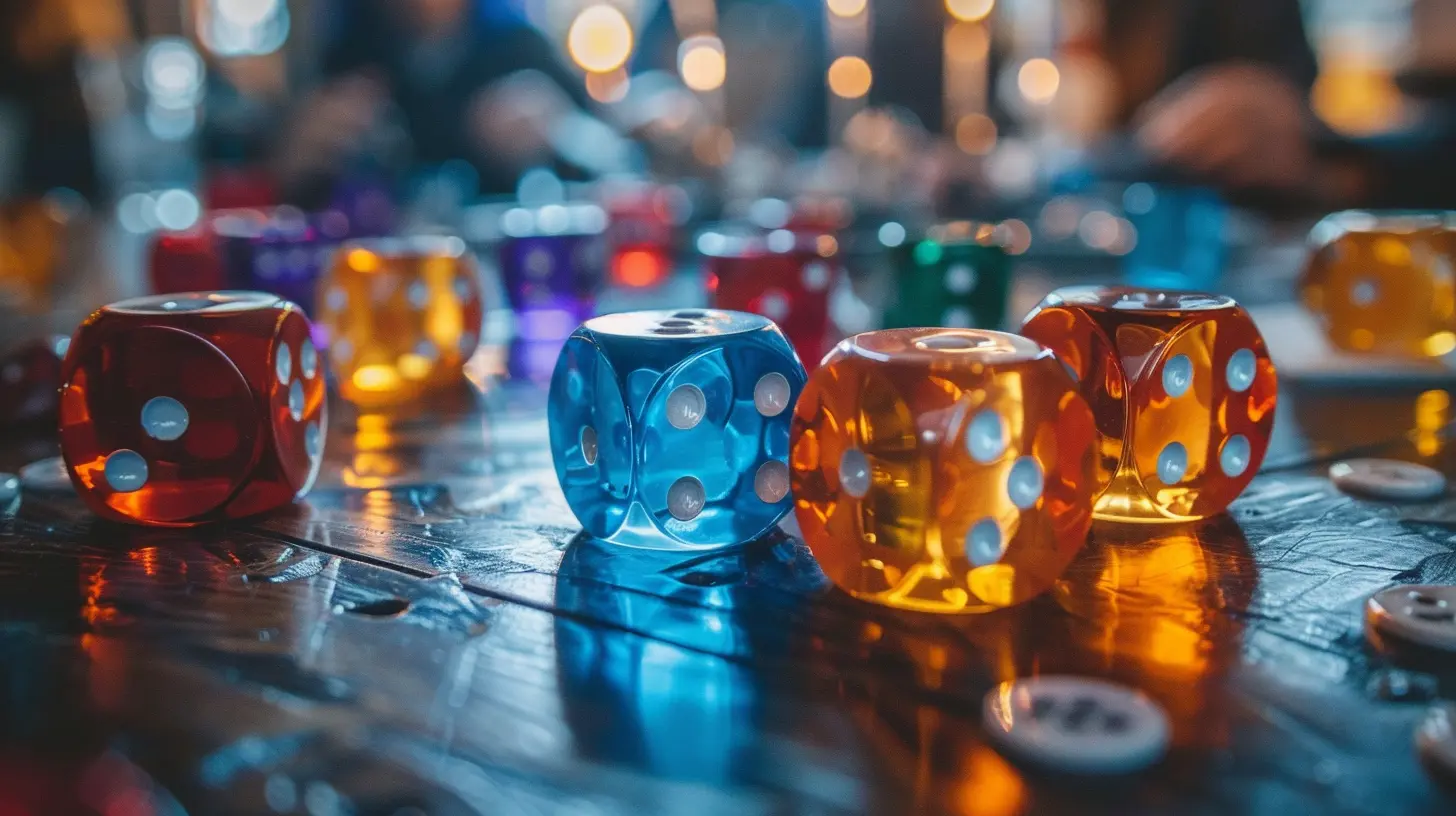
What Makes a Tabletop Game Replayable?
Now that we know why it matters, let's unpack the secret sauce that makes games replayable.1. Randomness Done Right (AKA Controlled Chaos)
You don’t want every game to feel like a carbon copy of the last. Random elements like shuffled decks, modular boards, or dice rolls add freshness. But here’s the catch—it shouldn't be pure chaos.Players should still feel in control. Randomness should present opportunities, not pure luck. A game like Eldritch Horror does this beautifully—you never know what the world will throw at you, but your decisions still mean everything.
2. Asymmetry and Unique Factions
Give players diverse characters, factions, or roles with different powers or win conditions, and boom—every game becomes a brand-new experience. Asymmetry keeps things spicy.Root is a textbook example here. Every faction is wildly different, and mastering each one is a journey in itself.
3. Multiple Paths to Victory
Linear strategies kill replayability. If there’s just "one right way" to win, interest fades fast. On the flip side, games with multiple viable paths make players think creatively and experiment more with each session.Take Wingspan. You can focus on egg-laying, bird powers, food collection, or balanced strategies. There’s no single perfect approach—it all depends on your playstyle and goals.
4. Player Interaction
Let’s not forget the unpredictable, uncontrollable wild card—your friends. Player interaction, whether it’s cooperation, negotiation, betrayal, or clever backstabbing, ensures no two games are alike.Think of it this way: your game becomes a stage, but it's the players who write the script.
5. Expansions and Add-ons
Let’s be real, expansions are like extra toppings on your gaming pizza. A well-designed expansion doesn’t just add more—it enhances what’s already there, opening up new strategies and combinations without bloating the core mechanics.Games like Carcassonne and Dominion have practically made a business model out of expansions—and it's working.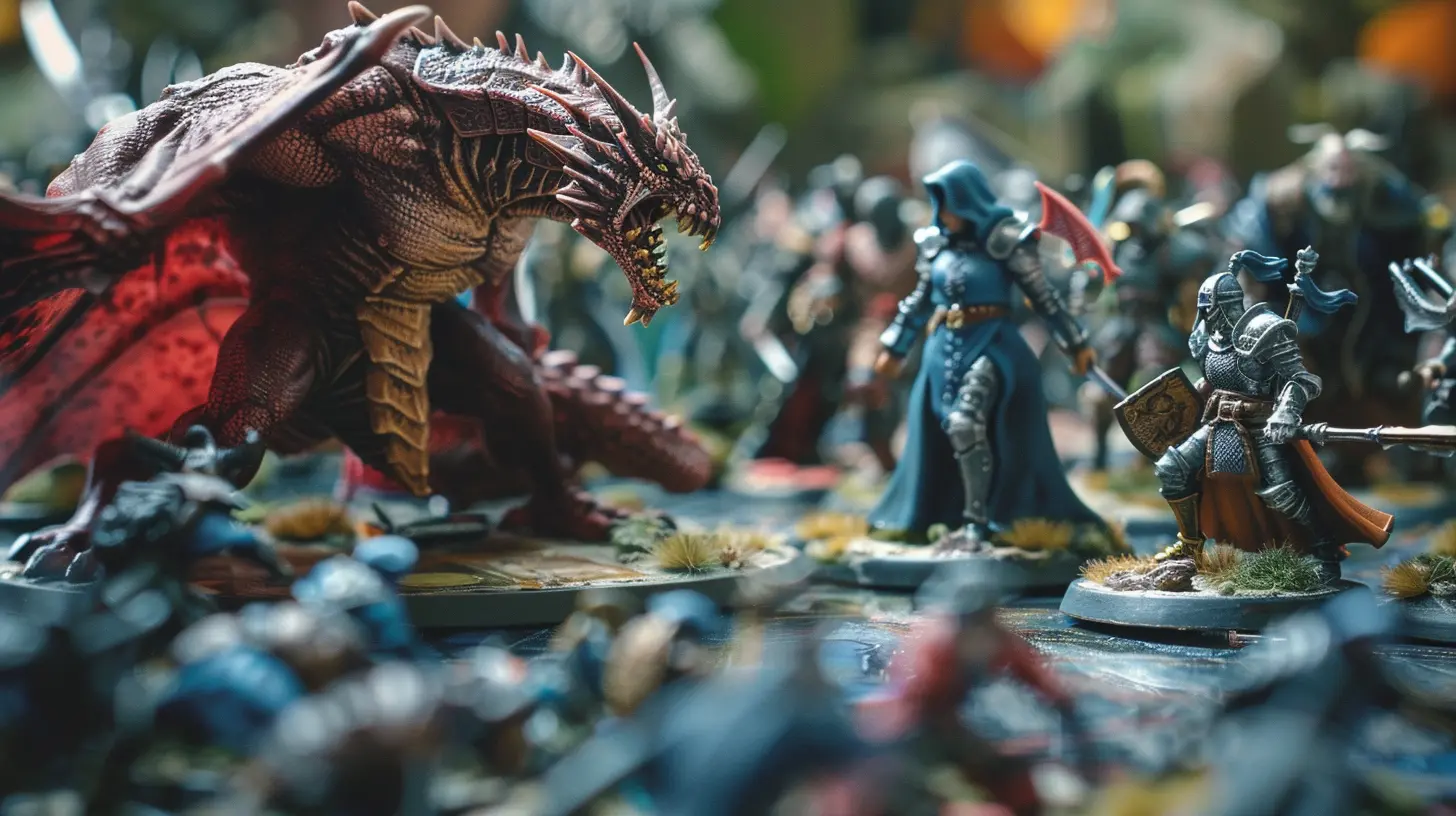
Replayability vs. Campaign Games: Are They the Same?
Campaign games like Gloomhaven or Descent are undeniably detailed and engaging. But are they replayable?Well, yes and no.
Campaign games offer a long-term experience with evolving stories and characters. But once the story wraps, do you really want to replay the whole thing? Some do, most don’t.
True replayability means wanting to play a game repeatedly without needing 40 hours or a continuation of a story just to justify it. Campaign games are amazing, but their replayability is sometimes more about the journey than the destination.
How Replayability Impacts Game Design
Modern game designers have caught on: if a game doesn’t hold attention beyond the first few plays, it’s going to fade fast in a market overflowing with options.Designers now focus on:
- Modular gameplay elements
- Legacy components with branching paths
- Hidden objectives and evolving narratives
- Rich decision-making
- Emergent player-driven stories
And let’s not forget solo replayability—especially after the pandemic boom in solo gaming. Games like Spirit Island and Ark Nova have nailed the balance between solo depth and constant variety.
The Psychology of Replayability
On a deeper level, replayability taps into our intrinsic love of mastery and discovery. We enjoy the sensation of “getting better” at something. Each new session is a chance to refine a tactic, try a new approach, or test our wits against new opponents.And it also plays with our emotions. That heart-pounding final turn, the comeback victory, the narrow defeat—they’re moments that stick with us. And we want to chase those feelings again and again.
In short: replayability makes games part of our lives, not just moments in them.
The Business Side: Why Publishers Should Care
Publishers love replayability because it builds loyal communities. A replayable game keeps players engaged, inspires fan-made content, and encourages word-of-mouth marketing. Essentially, one satisfied gamer becomes your best ad.It’s not about forcing people to buy new expansions—it’s about giving them reasons to want more of what they already love.
Plus, high-replayability titles often have longer shelf lives and better resale value. That’s just good business.
What Players Can Do to Enhance Replayability
Okay, it's not just on the developers. As players, we can boost replayability too:- Try different strategies intentionally.
- Play with varied groups.
- Mix in house rules or variants.
- Use expansions wisely—not all at once.
- Don’t be afraid to lose and learn.
Sometimes, the best part of a game isn’t winning—it’s finding a cool new way to lose.
Closing Thoughts: The Games That Stick
Let’s be honest—most of us are drowning in unplayed games (hello, shelf of shame). That’s why replayability is so essential. In a world where binge culture reigns and attention spans are short, a game that keeps pulling you back in is a rare gem.The true magic of a great tabletop game isn’t in the pieces or the rules—it’s in the experiences you create around the table. The laughs. The arguments. The betrayals. The triumphs. Replayability keeps those moments alive and fresh.
So next time you’re scoping out a new game, ask yourself: "Will I want to play this again next week? Next month? Next year?"
If the answer’s yes, you’ve probably found something special.
all images in this post were generated using AI tools
Category:
Tabletop GamesAuthor:

Lana Johnson
Discussion
rate this article
1 comments
Eli Marks
Oh sure, because who wouldn't want to spend their precious time replaying a game that they were just mildly entertained by the first time? Forget innovation or creativity—let’s just shuffle the same cards around and call it "immersive"! Bravo, tabletop gaming, for keeping our boredom on a delightful loop!
October 28, 2025 at 3:58 PM

Lana Johnson
Replayability fosters deep engagement and exploration, allowing players to discover new strategies and experiences with each playthrough. It's about enhancing enjoyment, not just repetition—each game can offer something fresh!
